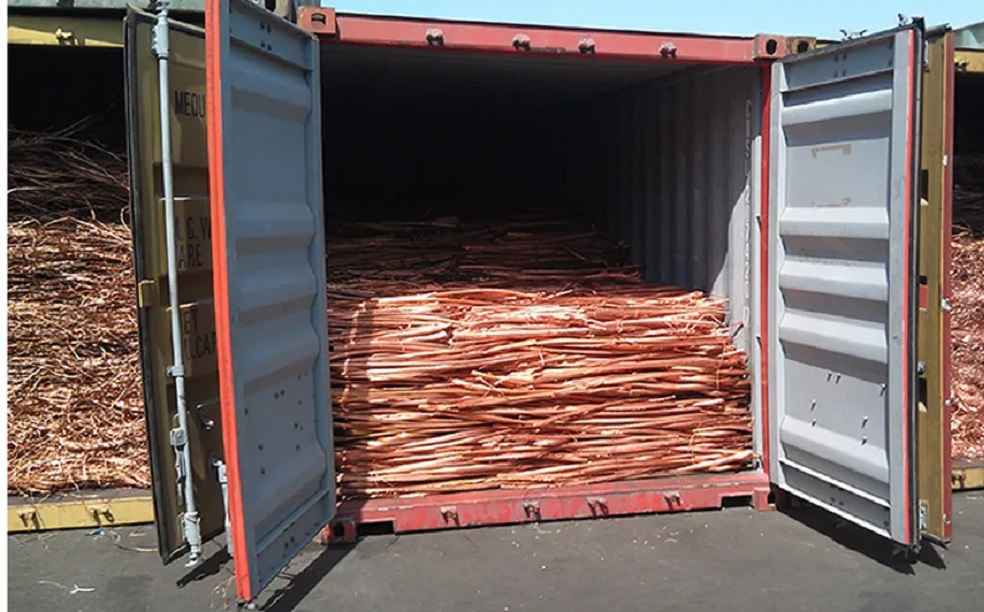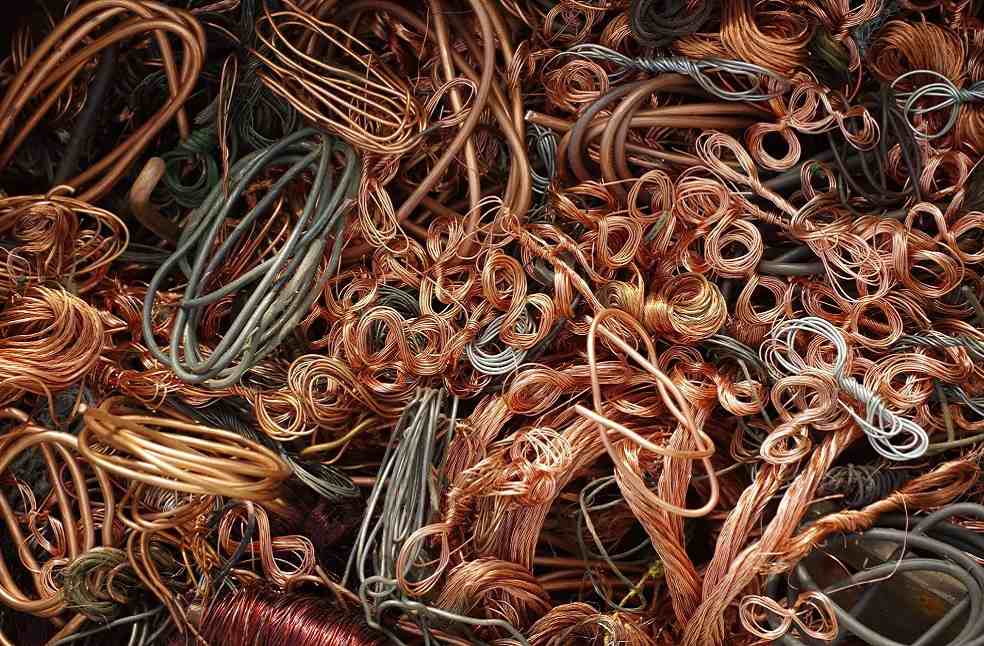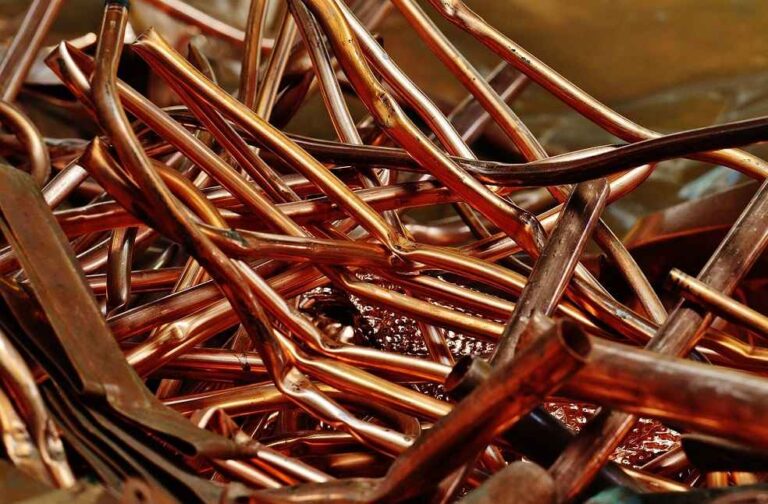A potential global copper shortage could derail the world’s transition to clean energy and digital infrastructure, the United Nations Conference on Trade and Development (UNCTAD) warned this week in its latest Global Trade Update. The report emphasizes the urgent need for smarter, more inclusive, and technologically advanced growth strategies to meet soaring demand.
Copper, now known as a ‘strategic raw material’ in the emerging green and digital economy, is essential to powering electric vehicles, renewable energy systems, artificial intelligence infrastructure, smart grids, and data centers. Yet, global demand for the metal is projected to surge by more than 40% by 2040, while supply struggles to keep pace due to low ore grades, geopolitical risks, and long mine development timelines, which can span up to 25 years.
To bridge the looming gap, the report estimates that around 80 new copper mines and $250 billion in investment will be needed by 2030.
This forecast is prompting renewed interest in untapped or dormant copper reserves worldwide, and Uganda has seized the opportunity. On Thursday, the country’s Minister of Energy and Mineral Development, Ruth Nankabirwa, officially handed over the historic Kilembe Mines to Uganda National Mining Company (UNMC) and Sarrai Group. “This marks a new chapter in Uganda’s mining sector,” she stated.

Nestled in the foothills of the Rwenzori Mountains, Kilembe Mines is Uganda’s largest copper deposit, with over 4 million tons of copper ore and significant cobalt potential spread across 2,800 acres of largely unexplored terrain. The mine’s revival could position Uganda to benefit from the global push for critical minerals.
The UNCTAD report, however, warns that many resource-rich nations continue to fall short of capturing the full value of their mineral wealth. Over half of global copper reserves lie in just five countries, Australia, Chile, Peru, the Democratic Republic of the Congo, and Russia, but much of the refining and value addition happens elsewhere.
China now imports 60% of global copper ore and produces more than 45% of refined copper, solidifying its dominance in copper processing. In contrast, most major exporters of raw copper remain at the lower end of the global value chain, hindered by infrastructure gaps, limited industrial capacity, and tariff structures that penalize value-added products.
UNCTAD stresses that investing in domestic processing, skilled labor, and trade policy reforms is vital for developing countries to move up the value chain and realize greater economic benefits.

“Copper is no longer just a commodity – it’s a strategic asset,” said Luz María de la Mora, Director of UNCTAD’s Division on International Trade and Commodities. “This is a moment where all countries can win – if trade is made to work for development.”
Professor Daniel Franks, Director of the Global Center for Mineral Security at the University of Queensland, underscored copper’s pivotal role in the energy transition. “Copper is probably the most important metal of the energy transition because it carries electrons, which makes it crucial for electricity and communication technologies,” he said.
Recycling is also emerging as a key component of copper supply. In 2023, secondary sources accounted for 4.5 million tons – nearly 20% – of global refined copper. The United States, Germany, and Japan led scrap exports, while China, Canada, and South Korea were major importers.
For developing nations, building local recycling capacity offers a strategic route to reduce import dependence, lower carbon emissions, and promote circular economy practices.
IMEX SECTOR | EU Backs €5 Billion French Scheme to Support Wine Exports



